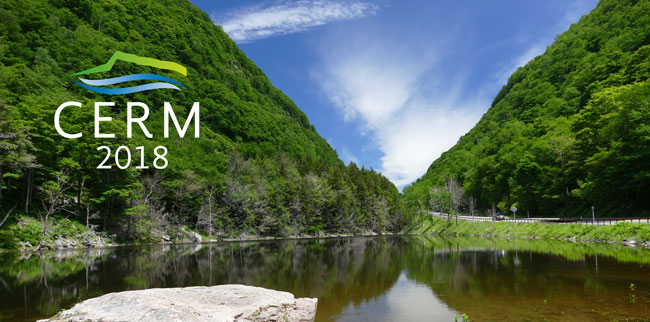Catskill Science Collaborative
About the Catskill Science Collaborative
The Catskill Science Collaborative is a group of individuals and institutions dedicated to facilitating collaboration and outreach by those doing environmental research in Catskill Mountain region of New York State. Funded by NY State through Environmental Protection Funds and coordinated by the Cary Institute of Ecosystem Studies, the CSC carries forward the goals of the Catskill Environmental Research and Monitoring (CERM) group, an informal collaboration initiated in 2010. The CSC includes the Cary Institute, the New York State Department of Environmental Conservation (NYSDEC), the New York City Department of Environmental Protection (NYCDEP), Cornell Cooperative Extension of Ulster Country, the US Geological Survey, the NY State Museum, and many other research partners.
Goals
Promote scientific research and environmental monitoring in the Catskill region on topics relevant to natural resource management.
Provide a locus for exchange of information between resource managers (e.g., NYDEC, NYC DEP, private landowners) and scientists.
Promote the development of “scientific infrastructure” (e.g., databases, bibliographies, intensive research sites) that improves the opportunities for collaboration among Catskill researchers.
Visit the Catskill Science Collaborative at: www.catskillscience.org
| Project ID | Title | Project Description |
|---|
Unfortunately there are no projects for that theme. Please check back again as we are constantly working to include more resources!
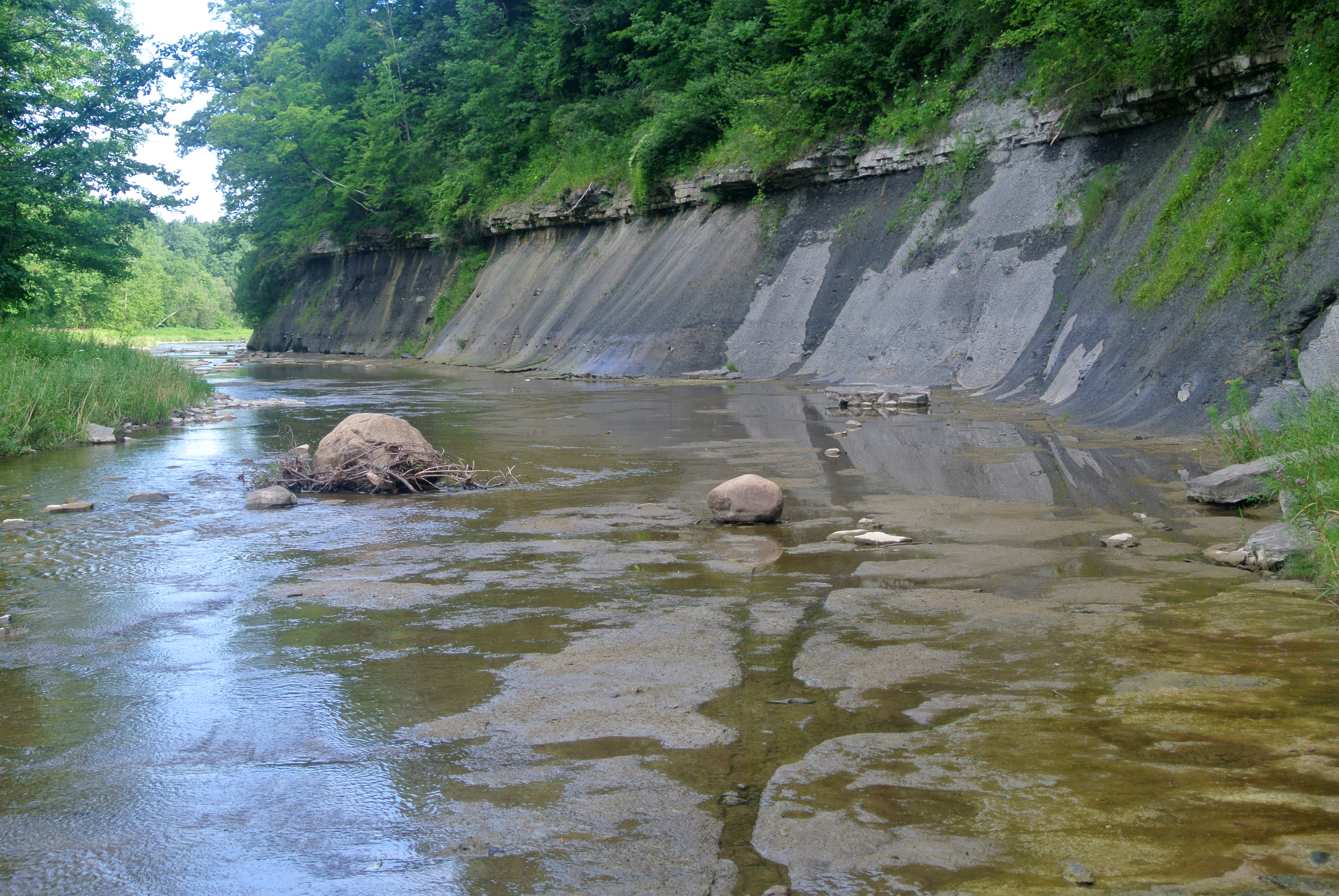
Downloadable: 2 datasets
By request: 1 dataset

By request: 2 datasets
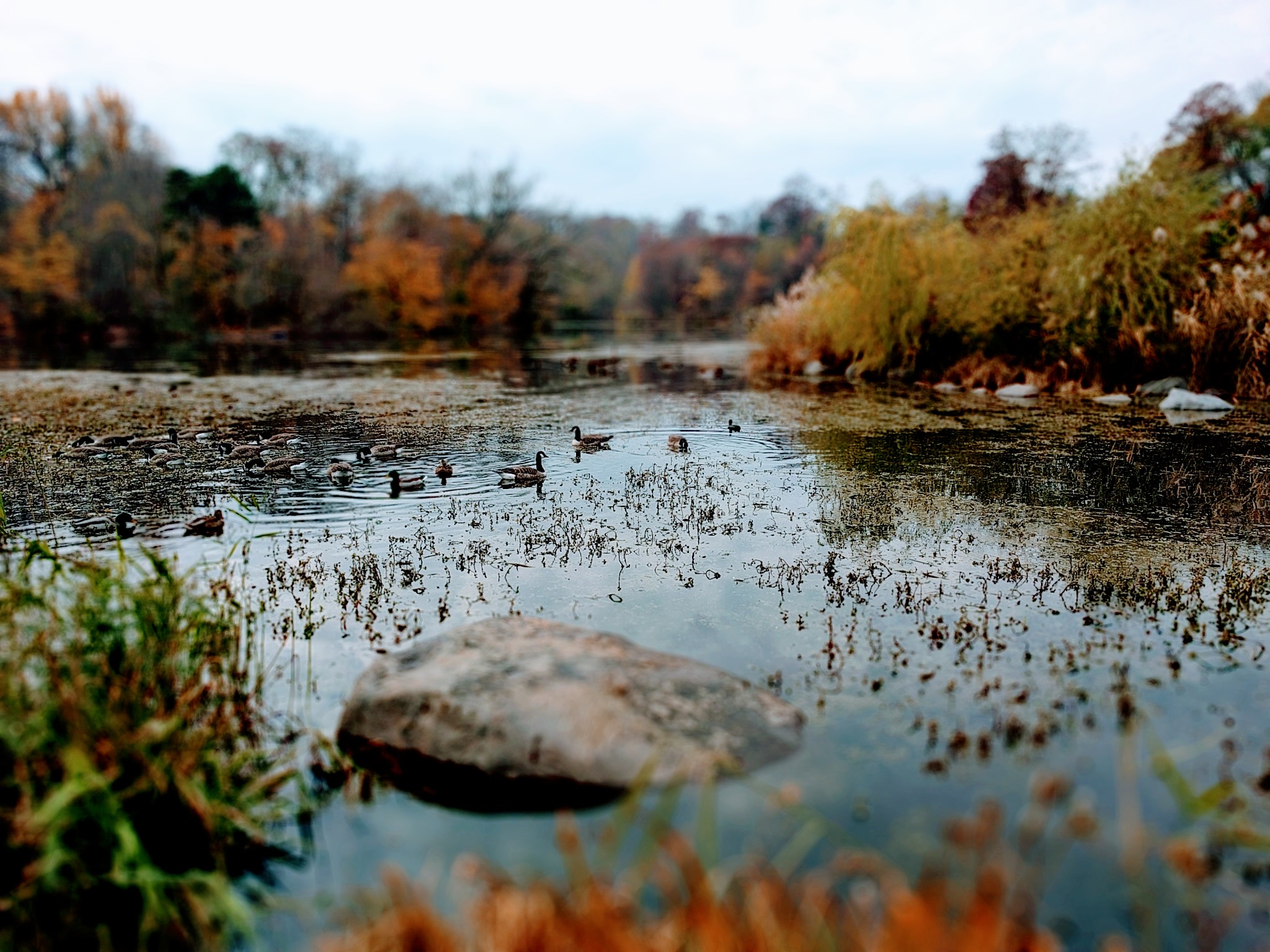
By request: 2 datasets
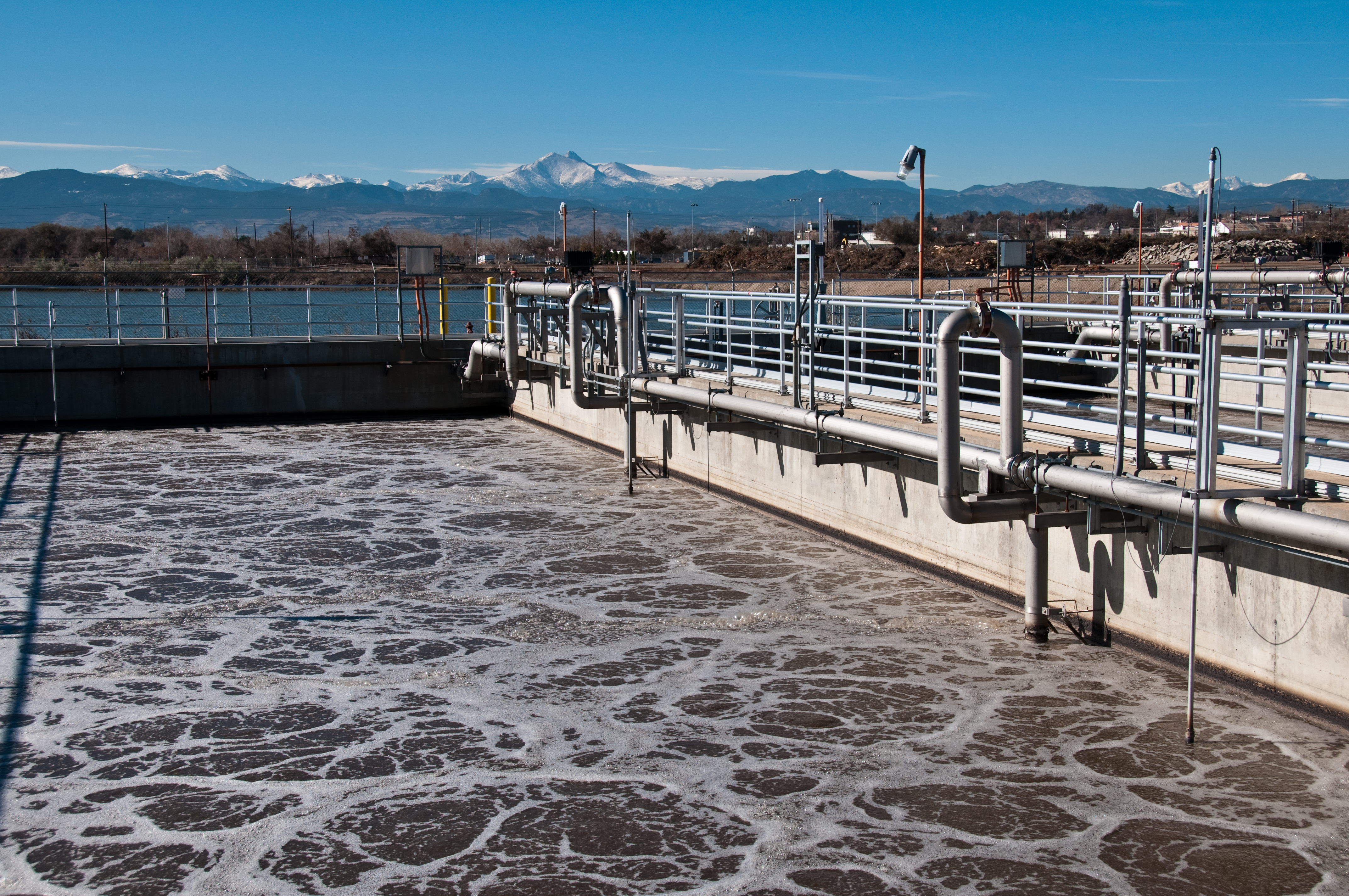
Description only: 1 dataset
By request: 2 datasets

Downloadable: 2 datasets
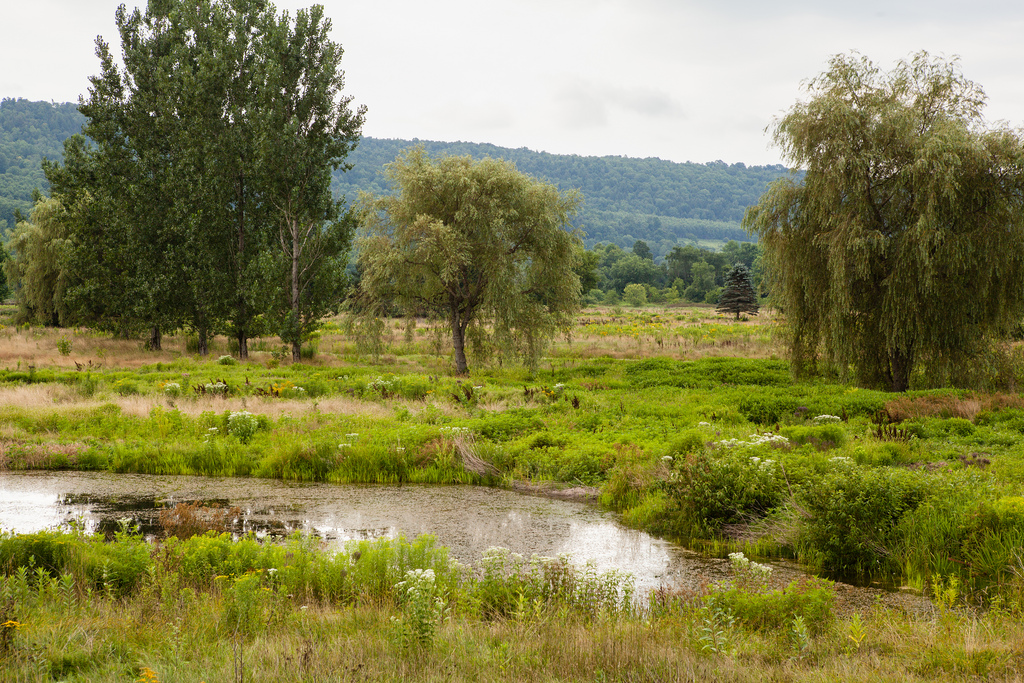
By request: 1 dataset

By request: 1 dataset

By request: 2 datasets

By request: 2 datasets
By request: 1 dataset
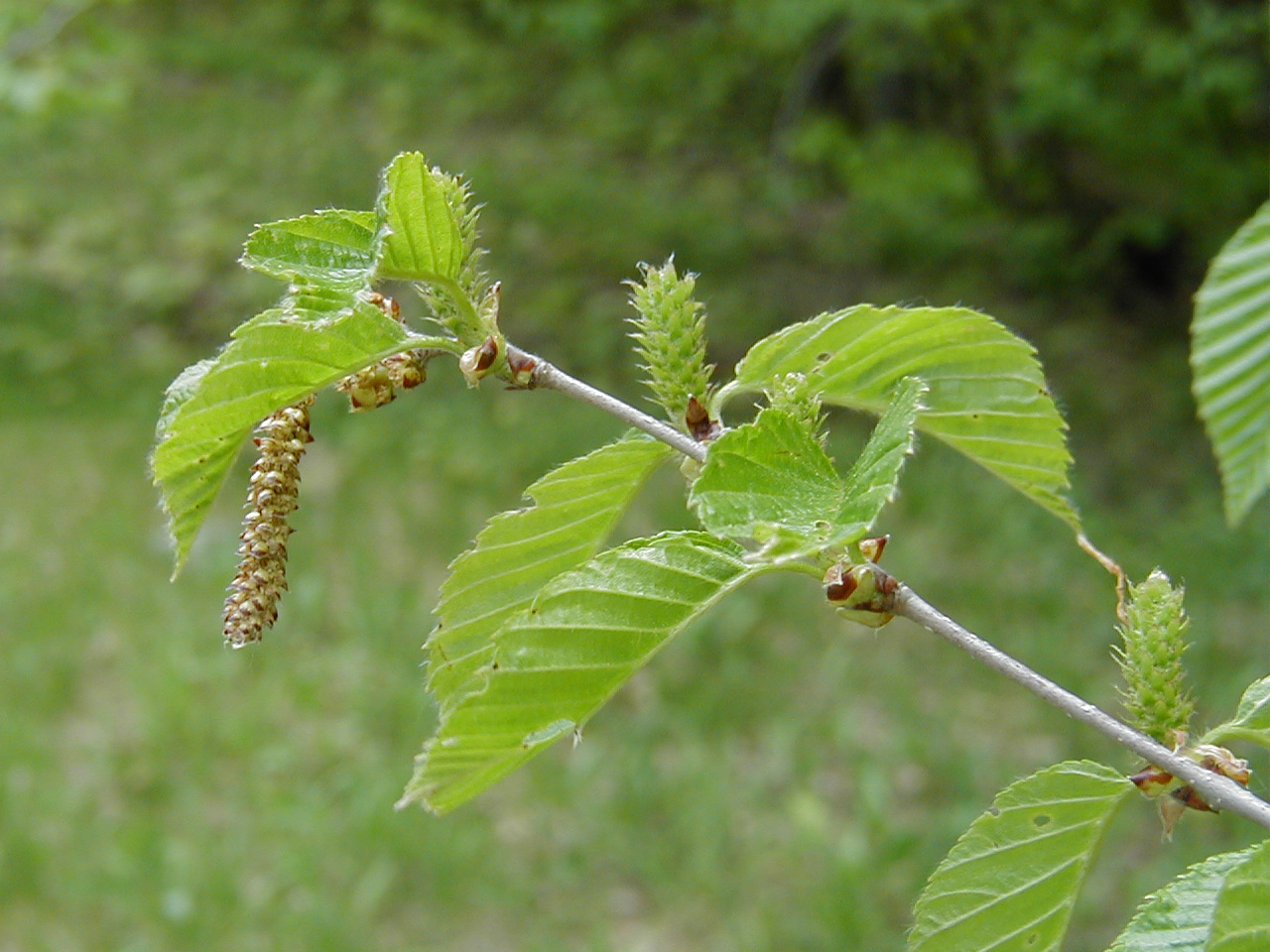
Downloadable: 1 dataset
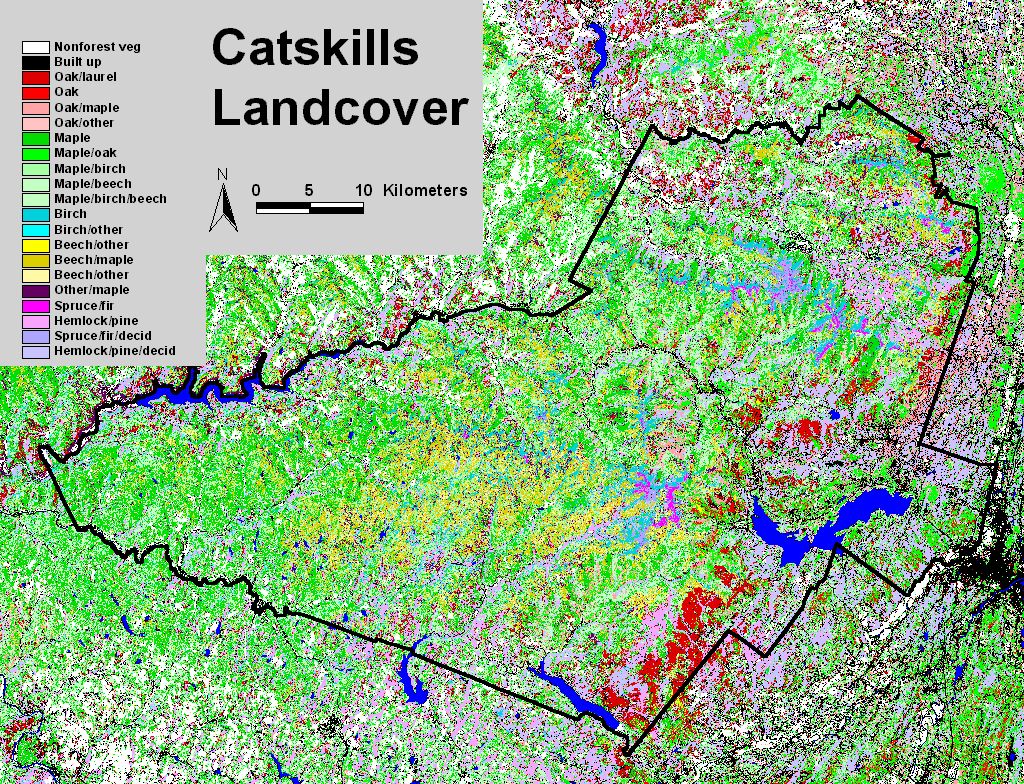
Downloadable: 3 datasets
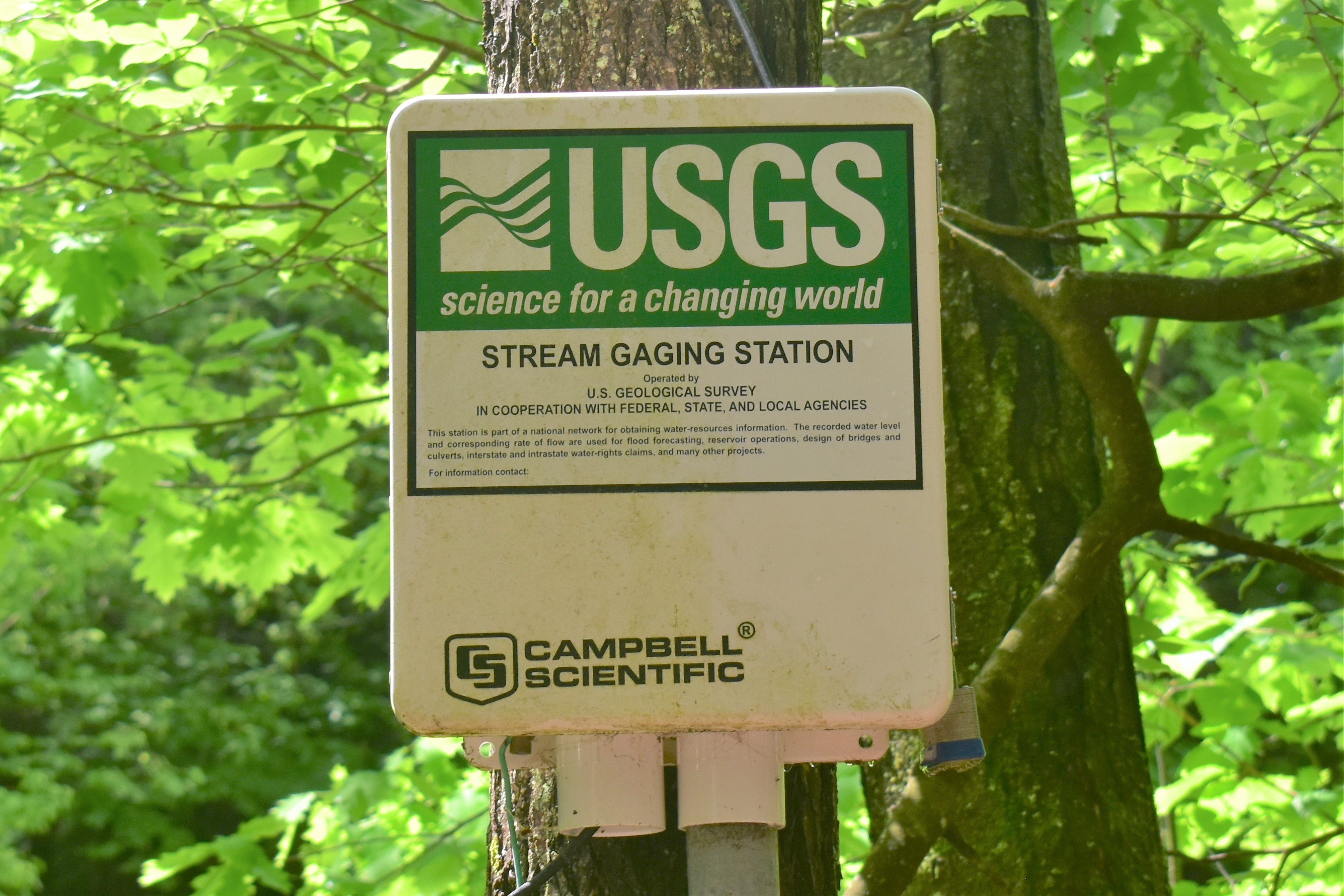
Downloadable: 1 dataset

Downloadable: 1 dataset
Downloadable: 1 dataset
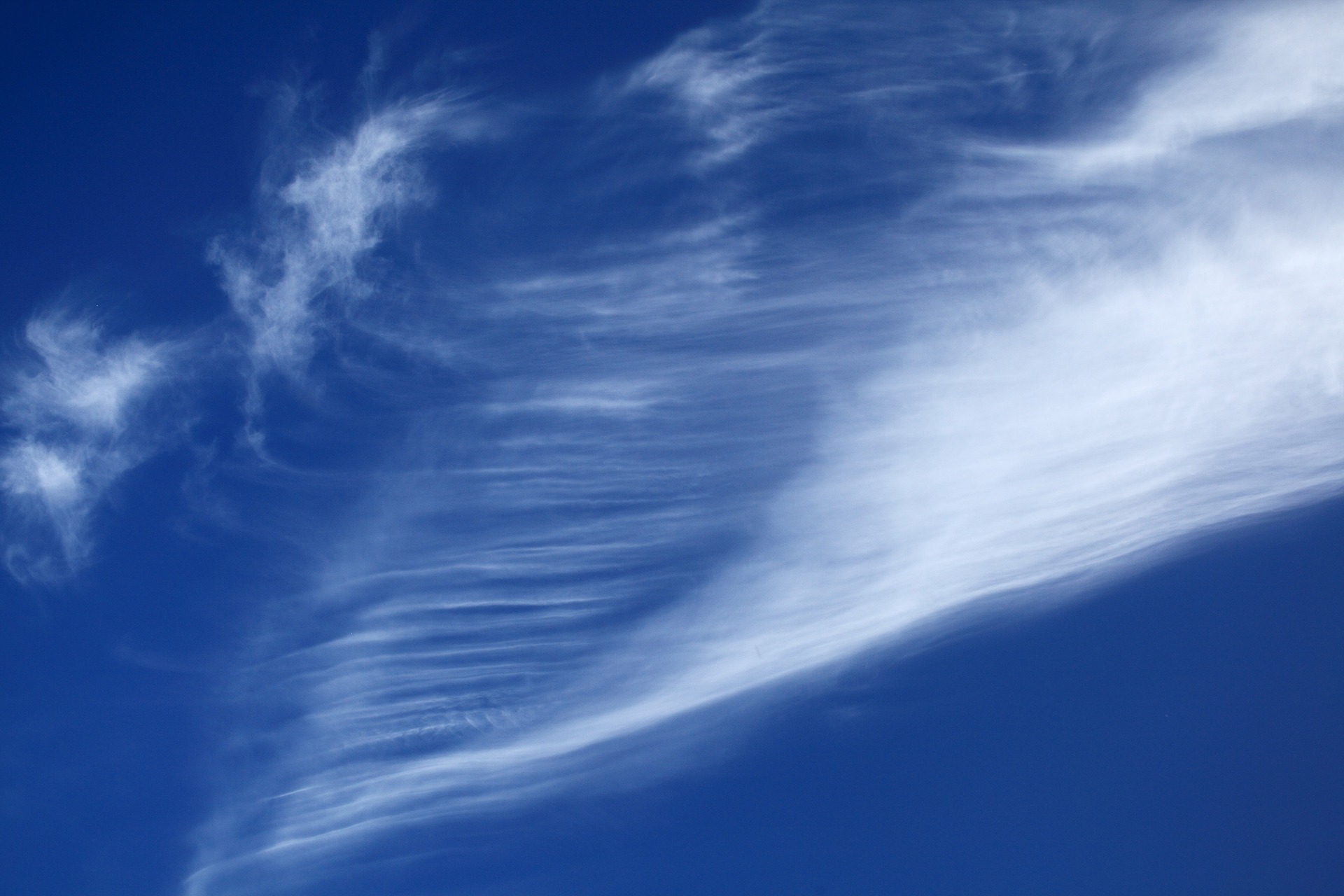
Downloadable: 1 dataset
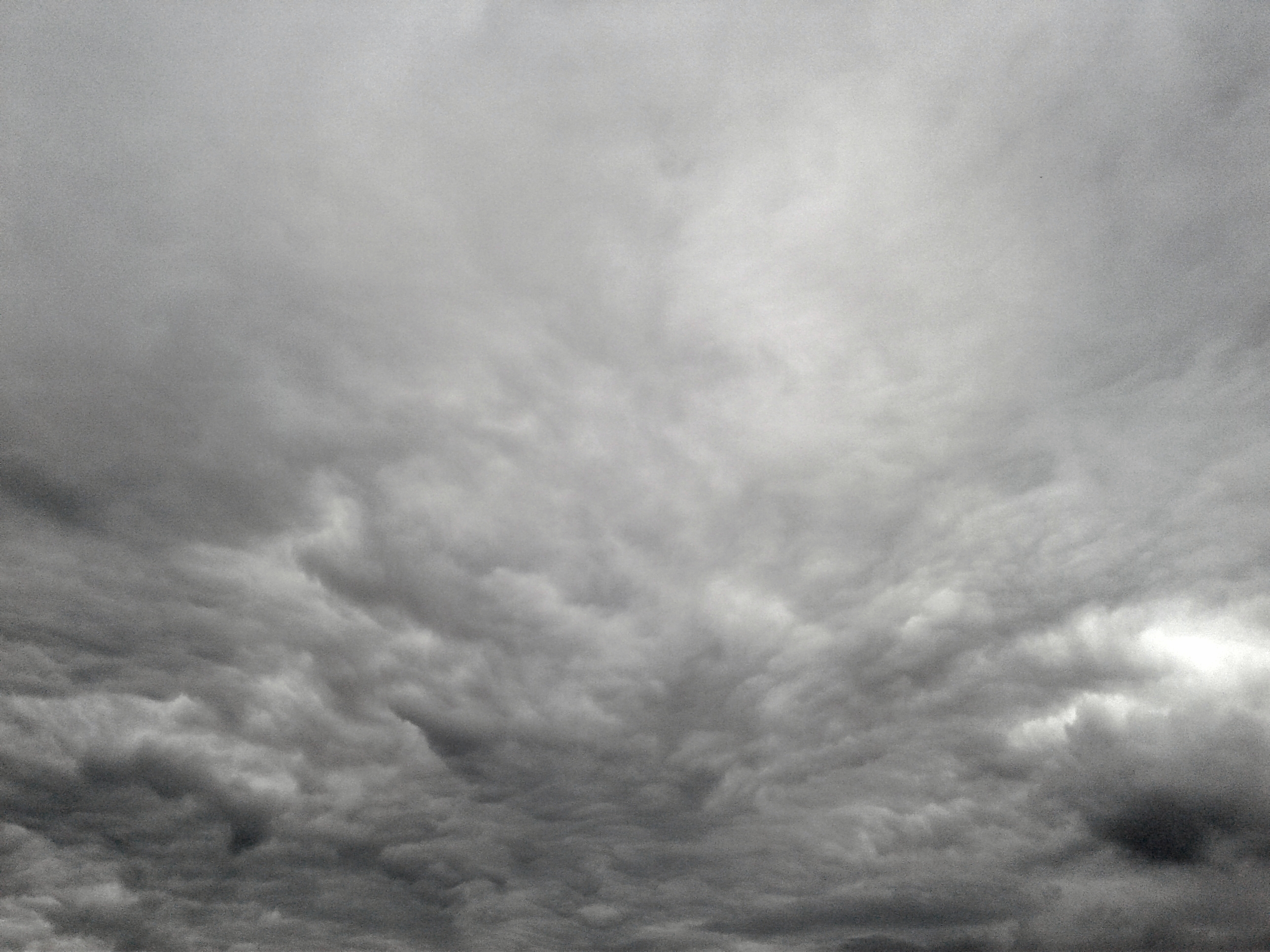
Downloadable: 1 dataset
Downloadable: 1 dataset

Downloadable: 4 datasets

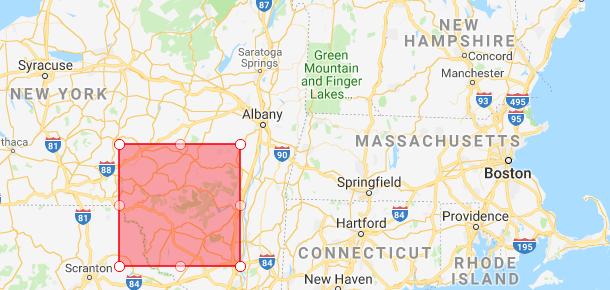
Principal collaborators in the Catskill Science Collaborative include:









